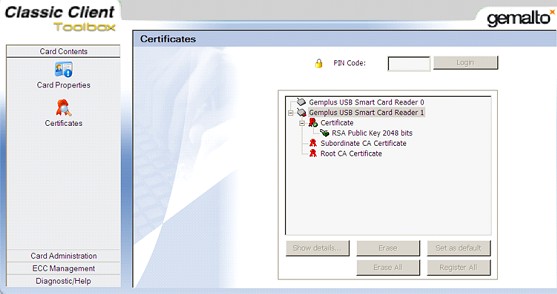
What I mean is that if you have a Mediaguard II subscription card, then so do you need a CAM that supports Mediaguard II. Now the last important aspect about CAMs is concerning my above mention of 'Conditional Access System', where this is like saying what flavour the CAM comes in. This means that every receiver with one or more Common Interface slots can make use of all available CI CAMs.Īnd as you can see from below CI CAMs look very much like PCMCIA computer cards, where you can even insert CI CAMs into your laptop computer if desired. However, to avoid different receivers having different CAM interfaces, then so was the Common Interface created. This was certainly not helpful if you wish to later subscribe to some service using an alternate Conditional Access System, where for this reason some receivers even had CAMs that could be switched over. Long ago, and even with some modern digital receivers, CAMs used to come built into the receiver. The other important aspect here are the two letters of C and I that usually proceeds the CAM word, where the abbreviation of CI in this case means Common Interface.
Conax card reader software how to#
However, unlike the old analogue decoders, it is actually the digital receiver that provides the end picture decryption, where the CAM's function is just tell it how to do this decryption from information obtained from both the card and the CAM.

Therefore, CAMs are for use with smartcards (like official subscription cards), where the CAM provides an interface between the smartcard and the digital satellite receiver. Since people who do not yet know what a CAM is will still be in the dark, then the most direct explanation for the function of a CAM is that a CAM is a digital version of an analogue decoder. To start with then the abbreviation CAM stands for Conditional Access Module.


 0 kommentar(er)
0 kommentar(er)
